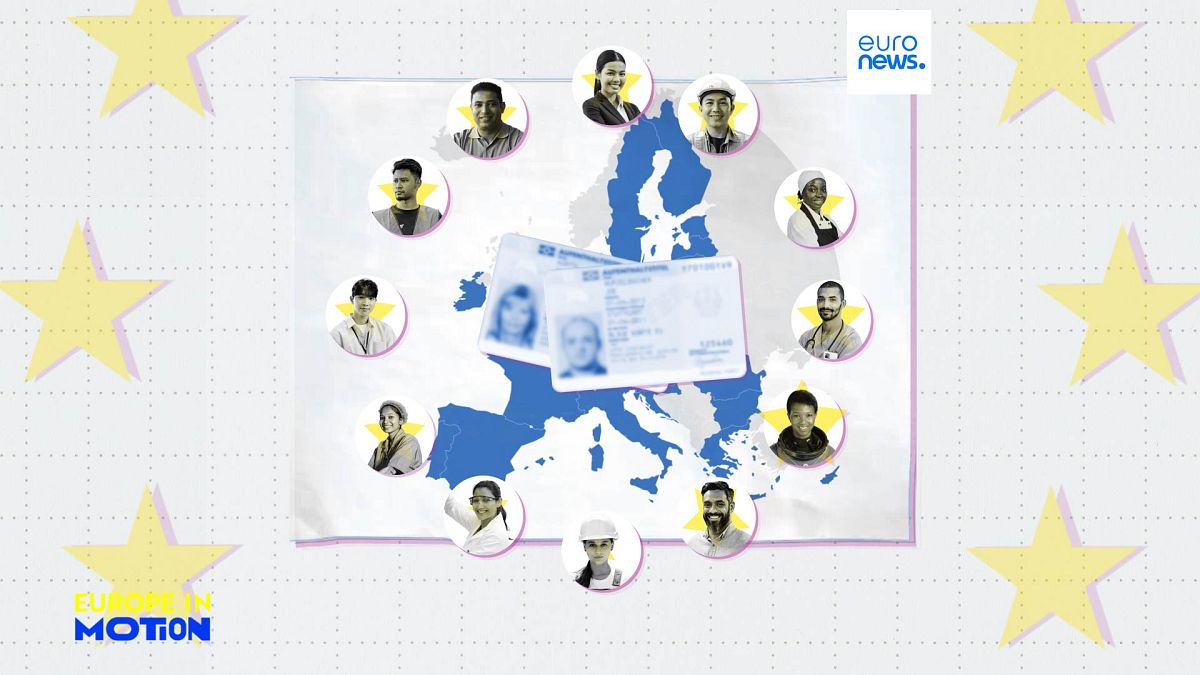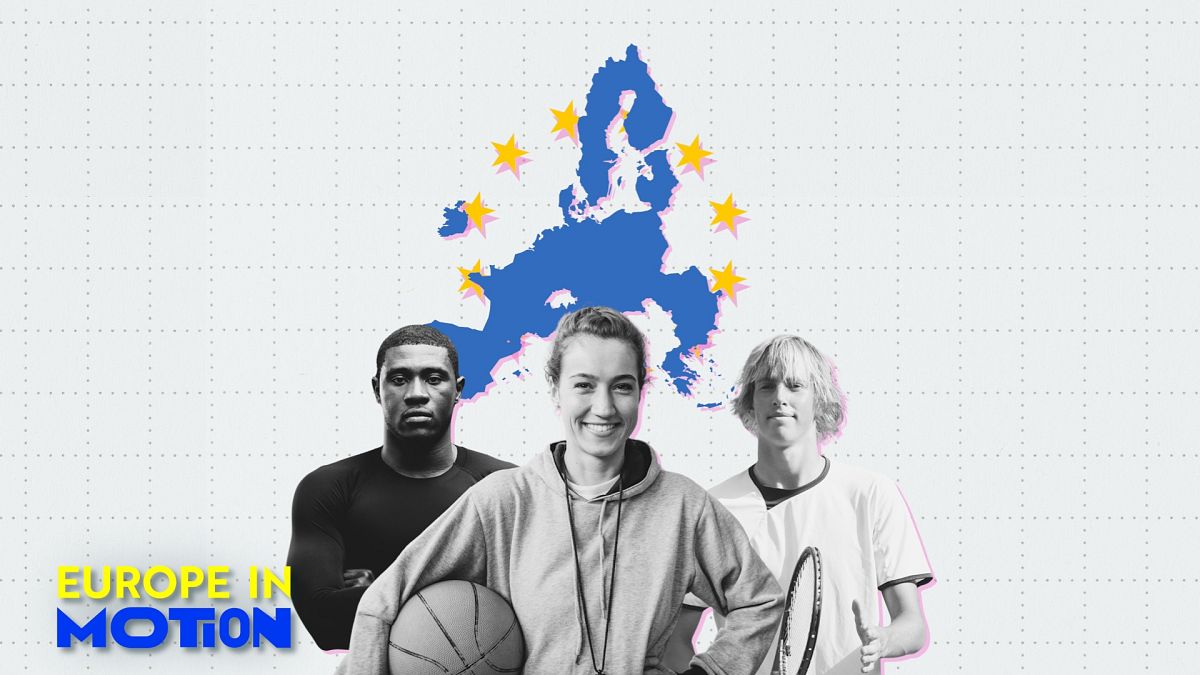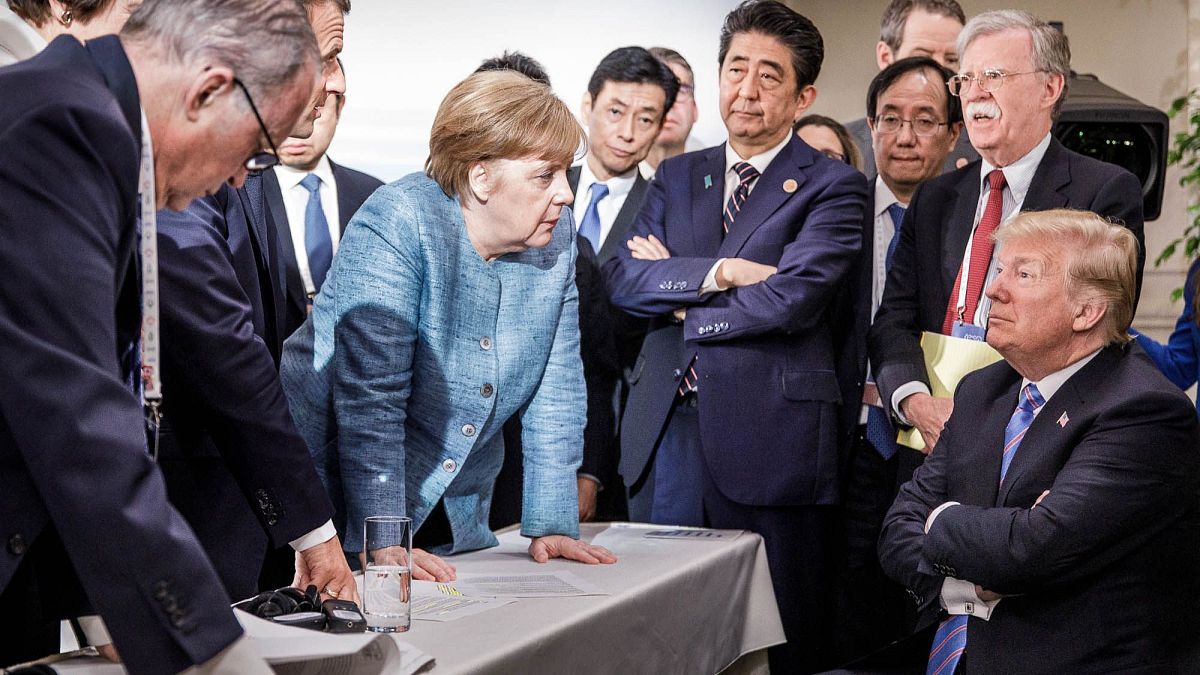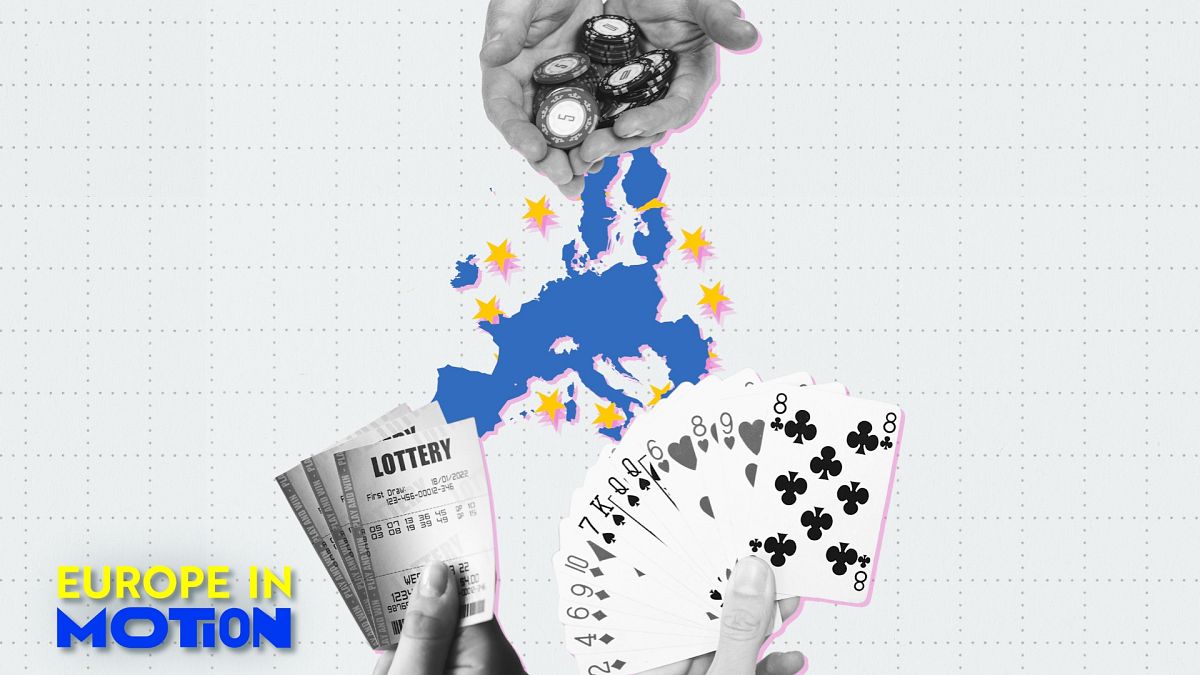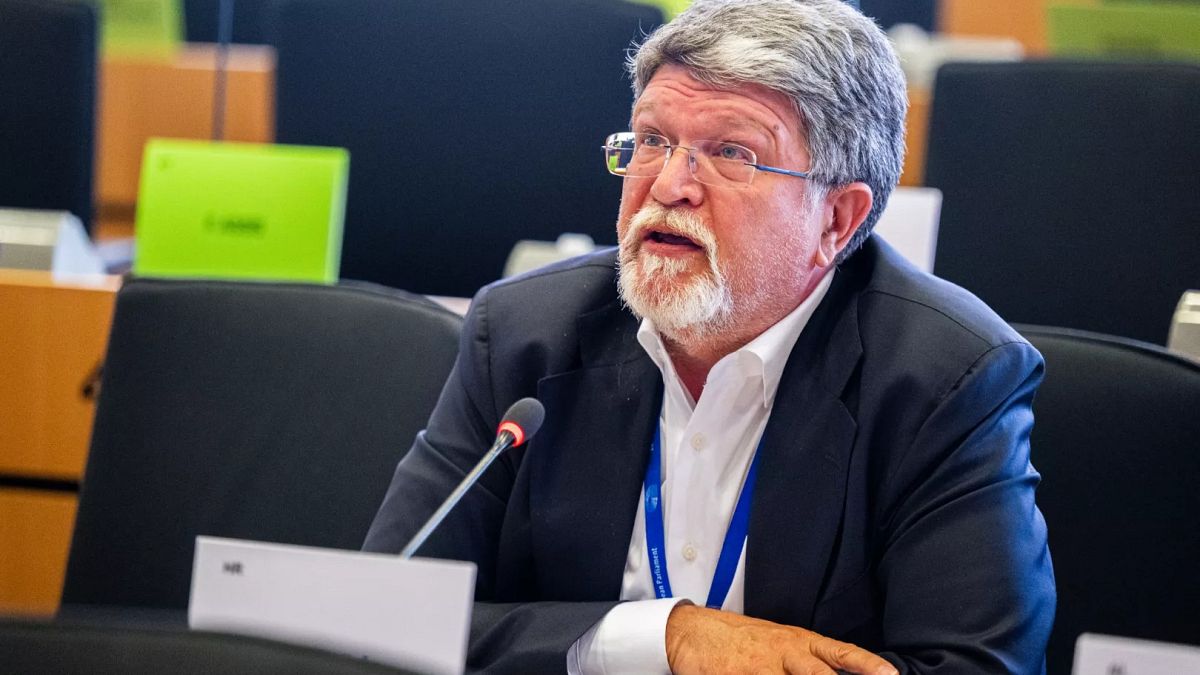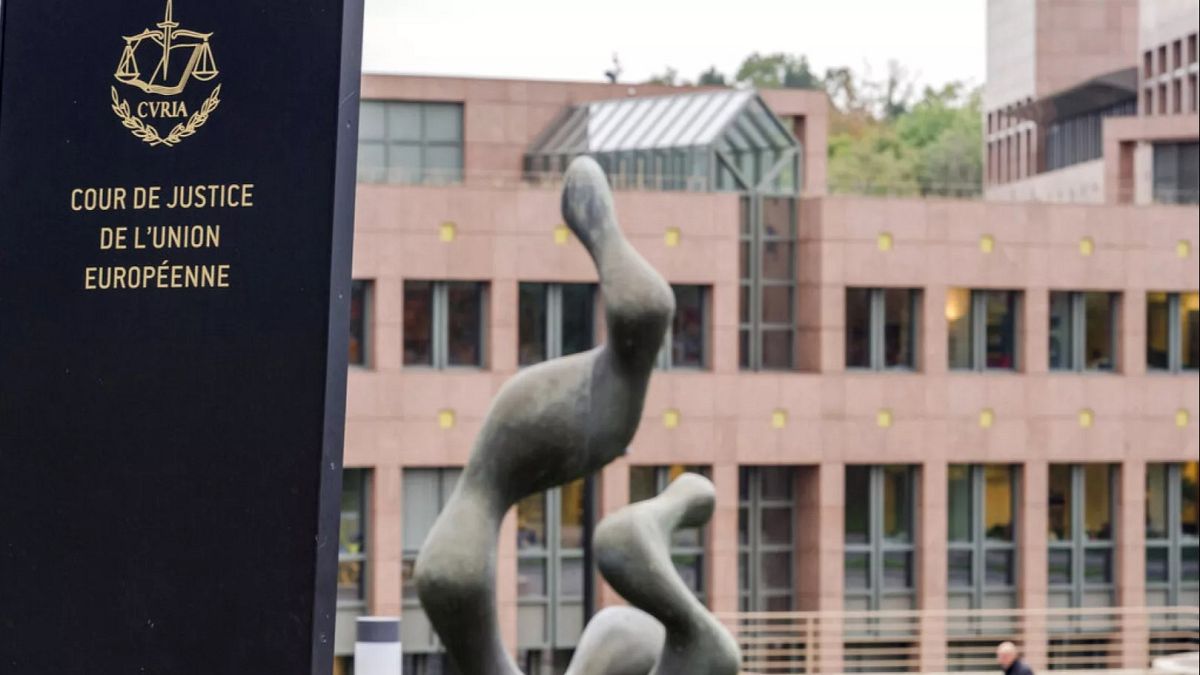The latest report on Blue Cards shows that Germany welcomes the most workers from outside the EU among the bloc’s member states.
Berlin issued around 69,000 of these permits, or 78% of the EU’s total of 89,000.
Poland comes in second place with 7,000, followed by France at 4,000, says Eurostat.
The Blue Card is considered a golden ticket for highly skilled professionals from non-EU countries. Denmark and Ireland are the only countries that don’t issue these permits at all.
What kind of salary does a Blue Card guarantee?
This special visa also guarantees a minimum annual gross salary, even in countries without a statutory minimum wage, such as Italy, Sweden, Austria and Finland.
Thresholds vary widely. From a maximum of around €68,000 in the Netherlands to just over €16,000 in Bulgaria.
Also, the EU Blue Card directive proposes that the employer pay the cardholder a salary that’s at least 1.5 times the average of the respective country.
It’s called the “rule of thumb.” Figures for each country are indexed yearly.
Who is snapping up the most Blue Cards?
Indians lead the pack with 21,000 cards – almost a quarter of the total (24%), followed by Russians (9,000 or 11%), Turks (6,000 or 7%) and Belarusians (5,000 or 6%).
Qualifying for a Blue Card is relatively straightforward.
It requires either a university degree or three years of relevant work experience in the field related to the application. Blue Cards might also be issued after a cycle of studies attended in the EU.
The good news is, there are no language requirements.
The card also allows to travel freely within the Schengen Area, if the permit is issued by a Schengen country (Cyprus is the only exception among Blue Card countries).
Any other way to move to the EU for highly-skilled workers?
Blue Cards aren’t the only visas granting work and stay to non-EU workers.
In 2023, EU countries granted almost 11,000 “intra-corporate transfer permits,” allowing high-skilled citizens of third countries to move to EU branches of international companies.
The Netherlands issued a quarter (2,700) of them, followed by Germany and Hungary (both 1,900 or 18%), France (1,500 or 14%) and Spain (1,100 or 10%).
Most recipients were Indians (3,900 or 36% of all permits), Chinese (1,600 or 14%) and South Koreans (1,300 or 12%).



